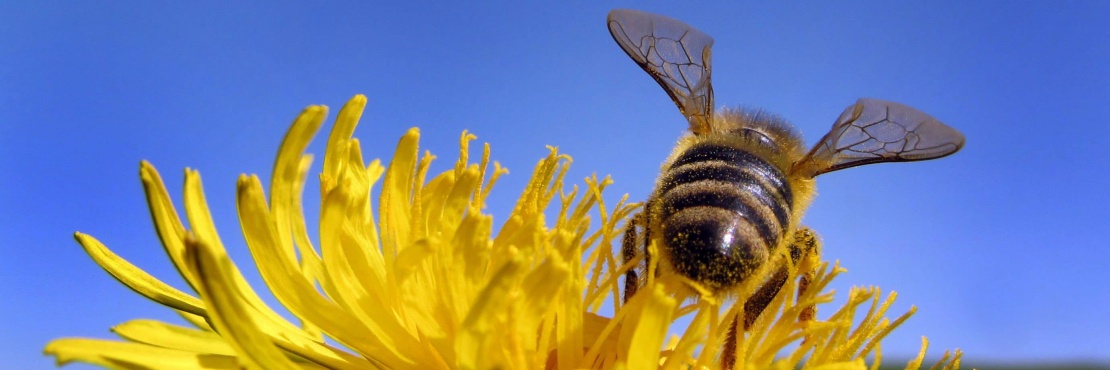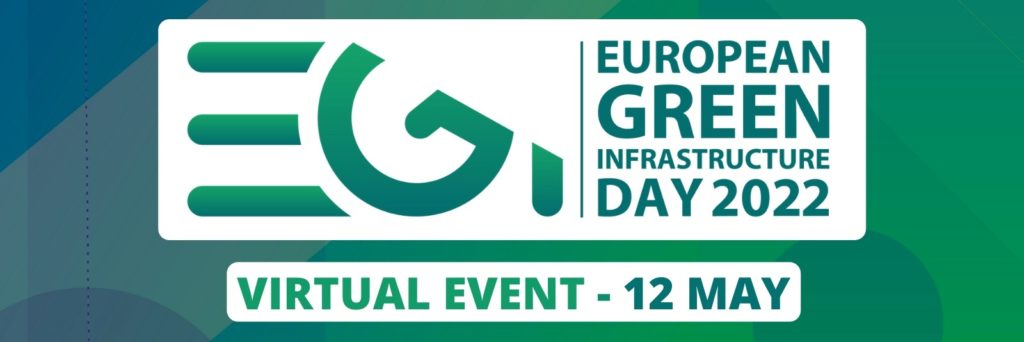Staff of EU Chapter of the World Green Infrastructure Network (WGIN) writes:
In the resolution, the Parliament calls on the European Commission to set ambitious legally binding targets for urban biodiversity, nature-based solutions, ecosystem-based approaches and green infrastructure, highlighting their benefits for both humans and wildlife and their contribution to the overall biodiversity targets.
The European Parliament adopted its position on the EU Biodiversity Strategy for 2030, signalling another important recognition of green infrastructure benefits
On 9 June 2021, the European Parliament adopted the resolution “EU Biodiversity Strategy for 2030: Bringing nature back into our lives”, fully endorsing the EU Commission strategy to address the current biodiversity crisis in Europe and the rest of the world.
“We are glad to see that the European Parliament recognizes the key contribution of green infrastructure to restore biodiversity in urban areas”
Prof. Manfred Koehler
President of the World Green Infrastructure Network
To promote urban biodiversity, MEPs stress the need to include measures such as a minimum share of green roofs on new buildings, supporting urban farming, ensuring no chemical pesticides are used and reducing fertiliser use in EU urban green areas. At the same time, the Parliament underlines the importance of increasing the number of green spaces according to the number of inhabitants of European urban areas, while also addressing inequalities in access to green spaces.
The resolution recognises that green urban areas and green infrastructure can provide ecosystem services to support biodiversity and contribute to the physical and mental well-being of the population. In this view, MEPs support the Commission’s initiative to set up an EU platform for urban greening.
“We are glad to see that the European Parliament recognizes the key contribution of green infrastructure to restore biodiversity in urban areas”, said Prof. Manfred Koehler, President of the World Green Infrastructure Network. “Bringing nature back into our cities is among the most urgent and difficult challenges that Europe and the world are facing. By installing vegetated surfaces on our buildings, we can create a natural habitat for pollinators, small insects and birds, and even allow for urban farming, in places that are otherwise unutilised.”
In the resolution, MEPs regret that the EU has not achieved its 2020 biodiversity objectives, stressing that the new strategy must tackle all five main drivers of change: changes in land and sea use; the direct exploitation of organisms; climate change; pollution; and invasive alien species. Moreover, they ask to mobilise €20 billion per year for biodiversity action in Europe.
About WGIN
The EU Chapter of the World Green Infrastructure Network (WGIN) aims to increase the awareness of European Union policymakers about the multiple benefits of green infrastructure, with a specific focus on Building Integrated Vegetative Systems (green roofs and living walls).
WGIN brings together national and regional industry associations, researchers, and companies to promote the incorporation of urban green infrastructure practice and planning, globally.
Read more: European Parliament Calls for Green Roofs Targets to Restore Urban Biodiversity
 Greenroofs.comConnecting the Planet + Living Architecture
Greenroofs.comConnecting the Planet + Living Architecture









